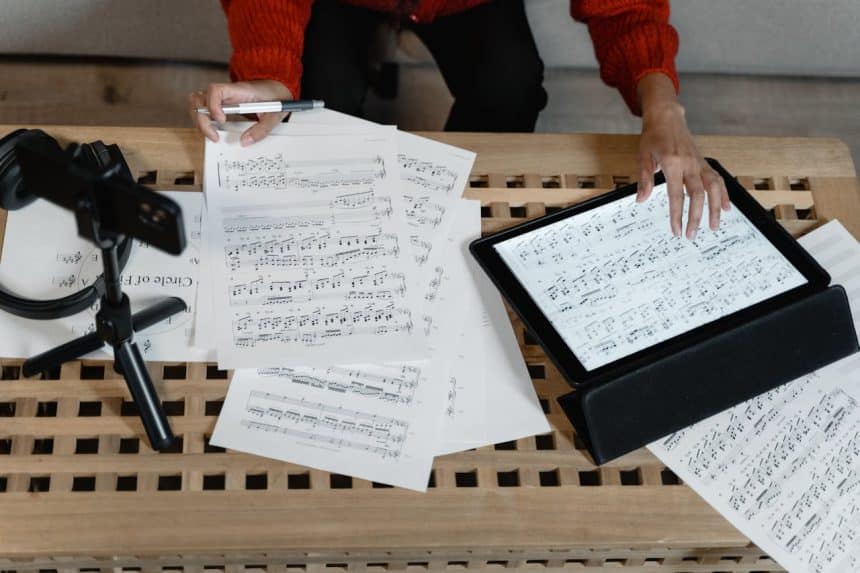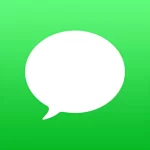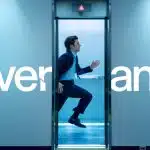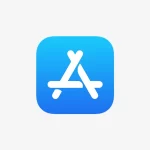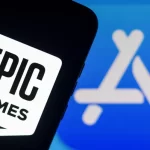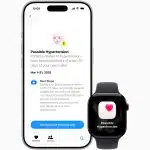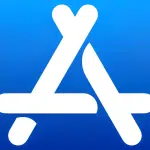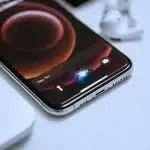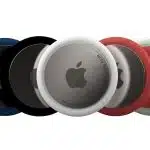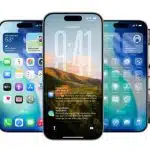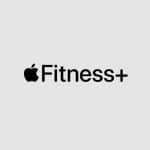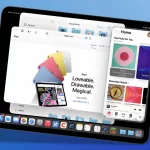Classical music training equips students with theory, technique, and performance skills. However, the music industry increasingly values digital fluency alongside traditional musicianship. For students pursuing composition, audio engineering, or performance careers, digital literacy is no longer optional. It is a core competency. Understanding the workflow of modern music creation and how to operate music software can determine access to new opportunities, collaborations, and even scholarships.
Many students discover that they need support outside their music curriculum, especially when written assignments or proposals tie into technical skills. This is where college essay writers often play a quiet but crucial role, helping students clearly communicate complex projects that bridge theory and production. The ability to explain your process, whether in writing or audio, is key to academic and career success.
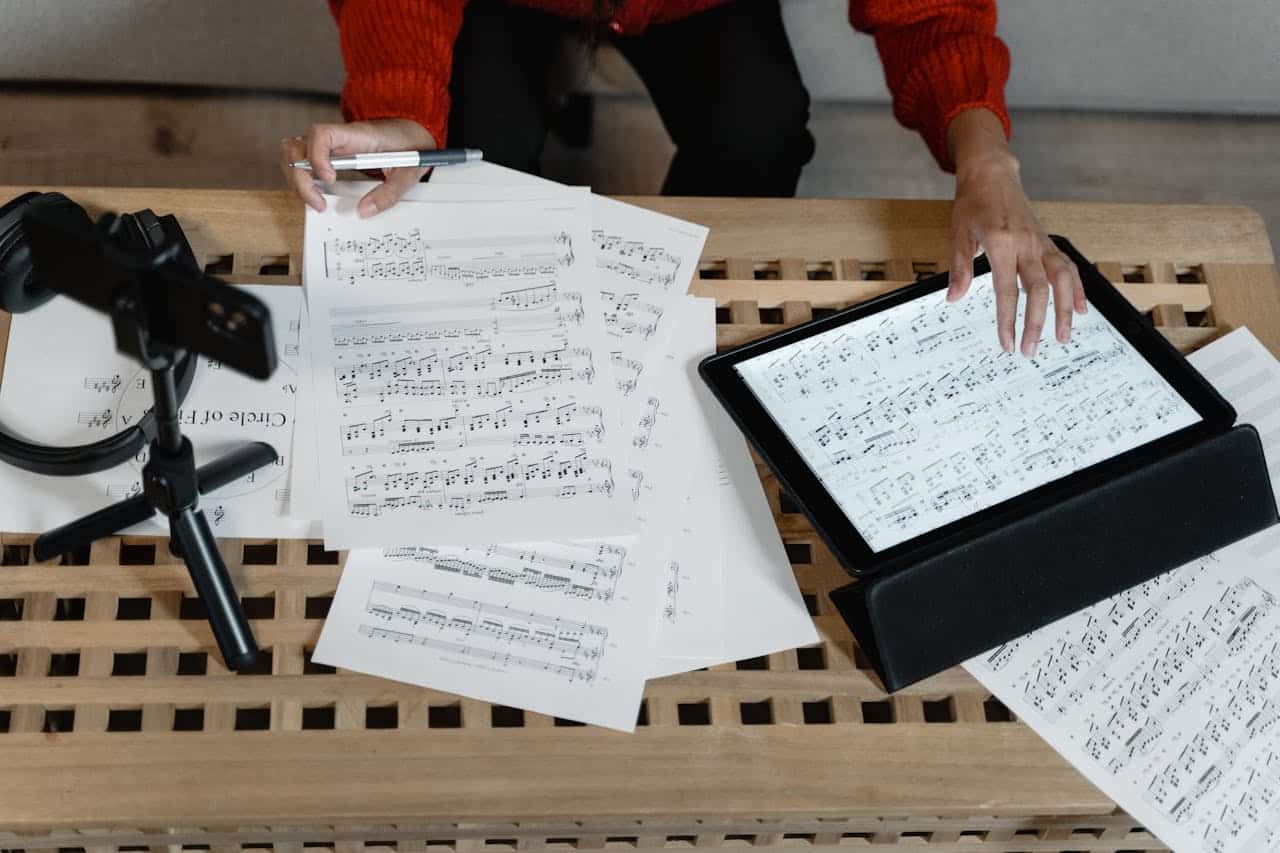
Starting with Music Learning Apps
For beginners, apps provide an accessible way to learn music fundamentals. Platforms like Yousician, Tenuto, and Noteflight introduce students to ear training, rhythm reading, and even composition. These apps offer structured, gamified learning that complements formal lessons and helps students build confidence with daily practice.
Importantly, these tools also expose students to the basics of music notation and digital interaction. Using a digital piano roll or modifying MIDI notes on an app helps reinforce theoretical concepts in a visual and tactile format. Students begin to understand how technology and music intersect early in their training, often without realizing how foundational this knowledge will become.
Transitioning to Intermediate Tools
As students gain confidence, they often move to more versatile programs such as GarageBand or Soundtrap. These browser- and app-based Digital Audio Workstations (DAWs) allow for multi-track recording, effects layering, and collaboration. Students can record vocals, play virtual instruments, or import live recordings to experiment with structure and sound design.
This phase is critical because it teaches students how to organize musical ideas into full compositions. A music tech teacher can offer guidance on sound quality, digital mixing, and arrangement choices. With proper mentorship, students begin to use music technology not just as a novelty but as a compositional and expressive tool.
Mastering Professional-Grade DAWs
Once students feel comfortable with entry-level platforms, they often graduate to industry-standard DAWs such as Logic Pro, Ableton Live, or Pro Tools. These tools provide greater control, deeper effects chains, and higher-quality audio processing. Mastery of these programs often requires formal instruction or guided tutorials, but the investment pays off for students serious about production, scoring, or audio engineering.
Navigating these platforms can be daunting without structure. File management, plugin integration, and signal routing all become more complex at this level. Still, students who persist gain a major edge in competitions, portfolio development, and university-level music tech programs. A music tech teacher can provide essential feedback that balances creativity with technical clarity, helping students refine their digital voice while staying grounded in musical intent.
Integrating Digital Skills with Traditional Training
One of the most valuable outcomes of this journey is how technology in music education enhances, not replaces, traditional training. Students who understand how to read notation, improvise on an instrument, and analyze scores will find that DAWs expand their expressive possibilities. They can compose beyond the limitations of what they can physically play, layering harmonies, rhythms, and textures with the freedom that digital tools provide.
This synergy supports a more holistic musical identity. Whether a student specializes in performance, theory, or composition, fluency in technology and music allows them to document, edit, and present their work more effectively. It also gives them a stronger voice in collaborative settings, where shared projects often require digital literacy and creative flexibility.
Building Toward a Professional Future
College admissions panels, music festivals, and grant reviewers increasingly expect applicants to demonstrate fluency in both traditional and digital domains. Having experience with technology in music education can set students apart, not just because of the tools they use, but because of the mindset they develop. Adaptability, self-directed learning, and technical communication are all in demand in the modern creative economy.
Students should not wait until late college or graduate school to start this journey. Beginning with simple tools and progressing strategically builds both skill and confidence. Along the way, guidance from a music tech teacher and peer feedback can help students stay focused and creatively inspired.
Conclusion
Technology and music are now inseparable in most academic and professional settings. Students who understand how to move from apps to professional DAWs gain more than digital proficiency. They gain control over their creative future. By blending traditional musicianship with technological fluency, today’s learners become tomorrow’s composers, producers, and educators, fully equipped for the evolving landscape of music education.
